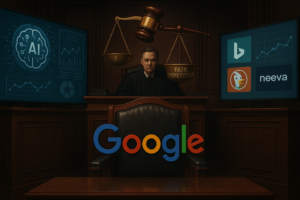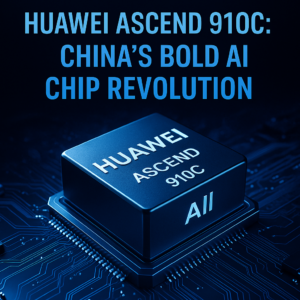GEOFFREY HINTON: THE GODFATHER OF DEEP LEARNING
Geoffrey Hinton, often referred to as the “godfather of deep learning,” has made a significant mark on the field of artificial intelligence (AI). His recent accolade, the Nobel Prize in Physics, acknowledges his pioneering work that laid the groundwork for machine learning and neural networks, fundamentally altering how machines learn and process information.
Born in the UK and educated at the University of Cambridge, Hinton has dedicated his career to understanding artificial neural networks—computational models inspired by the human brain. In the early 1980s, he, along with his colleagues, began exploring backpropagation, a method that allows neural networks to adjust their weights based on errors made during training. This work was pivotal in enabling complex multi-layer networks to learn from vast amounts of data, a concept that was revolutionary at the time.
Hinton’s research took a significant leap forward with the 2006 publication of a paper on deep belief networks, which revived interest in neural networks after years of relative obscurity. His work demonstrated that deep architectures could be effectively trained using unsupervised learning techniques, leading to breakthroughs in:
- Image recognition
- Speech recognition
- Natural language processing
- Autonomous systems
One of Hinton’s most notable contributions is the development of convolutional neural networks (CNNs), which have become the backbone of computer vision tasks. CNNs enable machines to process visual data with remarkable accuracy, facilitating advancements in:
- Facial recognition
- Object detection
This technology is now integral to applications ranging from social media tagging systems to self-driving cars.
Hinton’s influence extends beyond academia; he has played an instrumental role in the commercialization of AI. In 2012, he and his team at the University of Toronto won the ImageNet competition, a pivotal moment that showcased the power of deep learning for image classification. This victory garnered attention from major tech companies, leading to significant investments in AI research and development.
Despite his accolades, Hinton remains humble about his contributions. “I’m flabbergasted,” he stated upon receiving the Nobel Prize, reflecting his surprise at the recognition. He emphasizes that the journey of AI is a collective effort, involving countless researchers who have built upon foundational theories and practices.
As AI technology continues to evolve, Hinton’s work remains at the forefront. He is a strong advocate for responsible AI, often discussing the ethical implications of machine learning. He recognizes the potential risks associated with advanced AI systems, including:
- Bias
- Transparency
- Accountability
Hinton has called for ongoing dialogue among researchers, policymakers, and the public to ensure that AI technologies are developed and implemented ethically.
Looking forward, Hinton’s research will likely focus on enhancing the interpretability of AI models. Explainable AI (XAI) is an emerging area of interest where researchers aim to make machine learning decisions understandable to humans. This is crucial for applications in fields like healthcare and finance, where decision-making transparency is paramount.
CONCLUSION
In conclusion, Geoffrey Hinton‘s legacy is firmly planted in the soil of AI innovation. His work has not only transformed the landscape of machine learning but has also set the stage for future breakthroughs in artificial intelligence. As we continue to explore the capabilities of AI, Hinton’s insights and contributions will guide the way forward, ensuring that technology serves humanity effectively and ethically.
In recognizing his achievements, we celebrate not just a remarkable scientist but also the potential of artificial intelligence to reshape our world for the better.


